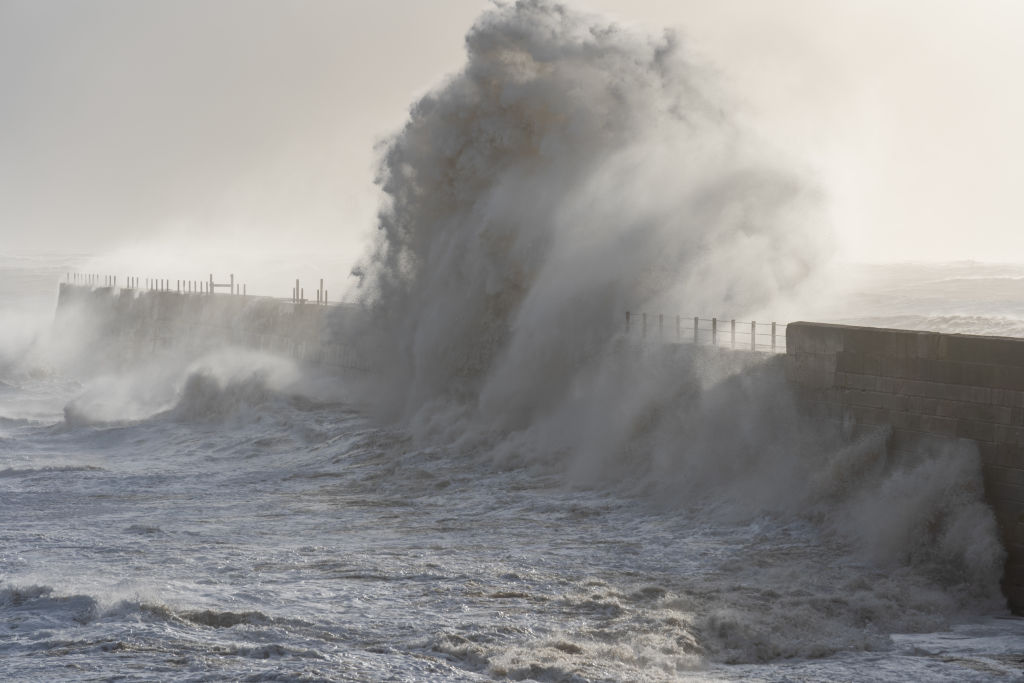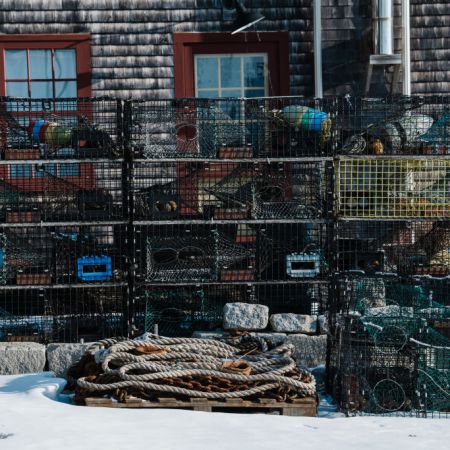What’s worse than the discovery of hundreds, if not thousands, of crabs and lobsters dying? Unfortunately, this is not a rhetorical question; the answer, it turns out, is a marine die-off without a clear explanation. An explanation — whether it’s pollution, climate change or a new predator in a certain environment — would give local authorities a plan of action. Without one, there’s more uncertainty looming over the coastal region of northeastern England.
An article from last fall in The Guardian described the situation that residents near Hartlepool discovered — an array of dead and dying crabs and lobsters washing ashore. One of the local investigators, Sally Bunce, described an unsettling scene. “There were piles of crabs and lobsters laid on their backs, twitching,” Bunce told The Guardian. “A lot of them were blowing bubbles out of their gills and staggering around.”
As The Guardian‘s follow-up report shows, several investigations have resulted in different conclusions. A government report suggested an algal bloom was responsible, while a trio of universities researching on behalf of the local fishing industry indicated that an industrial chemical could be the culprit. A third report, this one by an independent group, suggested that no “single cause” could be identified — but argued that the algal bloom explanation was probably incorrect.
In their report, the panel also explored whether a combination of factors — for instance, algae and the results of dredging — might be responsible for the die-off. They reached the conclusion that this also seemed unlikely. “No particular combination of factors was identified that might be particularly likely to cause the mortality events,” the report stated. “This does not rule out some combination of factors as a possible cause for the mass mortality; it is well-known that multiple stressors can be deleterious to ecosystems or individual species.”
For now, research efforts into this mysterious decimation continue — hopefully with a clearer result on the horizon.
Thanks for reading InsideHook. Sign up for our daily newsletter and be in the know.


















